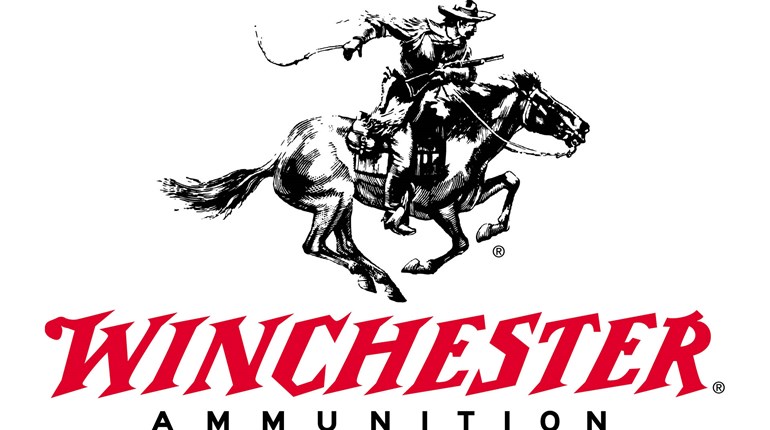
Anatomy of a Turkey Load
Nearly any modern shotgun load of No. 8 shot or larger will kill a turkey if its delivered to a turkey’s head at moderate ranges—inside of 30 yards or so. Some loads, however, do this better than others when range is extended.
Some companies claim its pellets hit harder or pattern better, and even new wads, like Federal's Flight Control (Hornady's is similar) are proven to hold shot together longer for tighter patterns. But of course we know that much of patterning has to do with your particular gun and choke.
Nonetheless, I want to know: What’s going on behind the plastic hull?
Various companies use different shot material of varying harness, density, and uniformity, and differing wads and buffering to offer a unique load that may or may not pattern well in your gun. Like anything else, there are tradeoffs in shotgun shells: For example, No. 4 shot offers more downrange energy, but less pellets so your pattern may suffer. Perhaps your gun patterns 6s the best, or maybe you wish to split the difference with No 5s, or maybe you’d rather call them closer and try to find a new load that patterns well but doesn’t produce the excruciating recoil that many turkey loads produce by shooting heavy payloads at high speeds. Some loads use tungsten-based pellets that are heavier so you can use a smaller pellets for dense patterns that also exhibit high energy. The downside? They’re expensive.
The following data is not so much to determine which load is best, but to help you determine what the load actually is so you can save your money and time for the woods.
Write to us if you’d like to see a particular load analyzed.
Federal Premium Heavyweight
Gauge; Length; shot size: 12 ga. ; 2 ¾-inch; No. 7
Advertised Payload/Actual Payload Ave.: 1.25 ozs/1.293 ozs.
Actual Pellet Diameter/Actual Pellet Weight: .0998-in. dia/.0043 oz.
Shot Material (dph hardness; gr./cc:): Tungsten Iron: (90-120; 10.4 gr.)
Pellet Count: 284
Wad Type/Weight: 3-deploying wing Flight Control/58.2 grs.
Buffering: granular and polymer pellets
Notes: large polymer buffer; No. 7 Heavyweight is equal weight to No. 6 lead
Hornady Heavy Magnum Turkey
Gauge; Length; shot size: 12 ga.; 3-inch; No. 5
Advertised Payload/Actual Payload Ave.: 1.5 ozs/1.485 ozs.
Actual Pellet Diameter/Actual Pellet Weight: .12075-in. dia/.0059 oz.
Shot Material: nickel-plated lead
Pellet Count: 246
Wad Type/Weight: 3-deploying wing (like Flight Control)/ 65.8 grs.
Buffering: none
Notes: extremely uniform pellets
Kent Ultimate Diamond Shot
Gauge; Length; shot size: 12 ga.; 3.5-inch; No. 5
Advertised Payload/Actual Payload Ave.: 2 ozs./1.992 ozs.
Actual Pellet Diameter/Actual Pellet Weight: .109-in. dia/.005 oz.
Shot Material: polished lead
Pellet Count: 419
Wad Type/Weight: cushioned 4-petal/48.4
Buffering: none
Notes: pellets look plated, but are polished
Remington Premier Magnum
Gauge; Length; shot size: 10 ga.; 3.5-inch; No. 4
Advertised Payload/Actual Payload Ave.: 2.25 ozs/2.251 ozs.
Actual Pellet Diameter/Actual Pellet Weight: .1282-in. dia/.076 oz.
Shot Material: copper-plated lead
Pellet Count: 307
Wad Type/Weight: 3-deploying wing Flight Control/55 grs.
Buffering: granular
Winchester X-Tended Range Hi-Density
Gauge; Length; shot size: 12 ga.; 3.5-inch; No. 6
Advertised Payload/Actual Payload Ave.: 2 ozs./2.021 ozs.
Actual Pellet Diameter/Actual Pellet Weight: .107-in. dia/.0044 oz.
Shot Material: tungsten/iron/copper/nickel
Pellet Count: 439
Wad Type/Weight: four petal/ 50.6 grs.
Buffering: granular
Notes: extremely uniform pellets




































